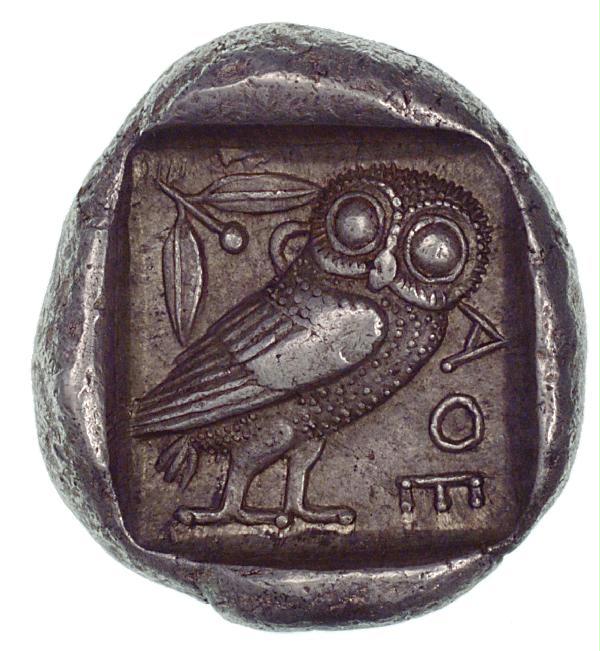Racing was undergoing a significant transition in the late 60s and early 70s, and some of the key points of that transition are starkly evident in the film. The drivers, the cars and the sport had a spirit of individuality that is missing from today's racing. Although suicide machines by today's safety standards, in the history of racing the endurance cars of that period come closest to what we might call works of art. The Porsche 917K and the Ferrari 512S long tail are, in my opinion, the most exciting racing cars ever produced. With these two models Porsche and Ferrari had "maxed out" on the frontiers of brute power and good looks. In the wake of these machines, however, the science and the organization of motor racing was overtaken by safety, technology and bureaucracy. Auto racing lost much of the human element. Not only individual drivers, but racing teams themselves became obscured behind a patchwork of corporate logos, stickers and emblems. The spectacle of national colors in auto racing--green for British, red (Rosso Corsa) for Italian, blue for French, white and red for Japanese, white for German, etc.--would be replaced by the colors of multinational corporations; for example, Porsche in the orange and blue of Gulf Oil, as seen in the film. I think it's rather sad to see the greatest car in racing history painted in the colors of a gas station sign, although people have argued (and perhaps correctly) that the Porsche 917 looks very handsome in these colors. British driver Graham Hill was a significant pioneer of this transformation in auto racing finance, and those interested in pursuing this theme should begin with a review of his career, specifically his replacing the British racing green of his Lotus 49 with the red, gold and white of the Cut Leaf Tobacco company. In an act which surely eclipses his remarkable list of victories, Hill has the distinction of being the first driver to paint up his car like a pack of cigarettes. As the seventies wore on the cars would become billboards and the "bottom line" commercial attitude would prevail, eventually transforming auto racing into the vulgar corporate circus represented by NASCAR and F-1 today.
The film subtly documents some of the elements of the emerging corporate mindset: Steve McQueen sacrificing a win so that the "Gulf-Porsche" team takes first and second place, rather than taking first himself, which would have resulted in a second place for Ferrari. But of course we don't watch this film to study corporate history, but rather to enjoy great cars.






























No comments:
Post a Comment